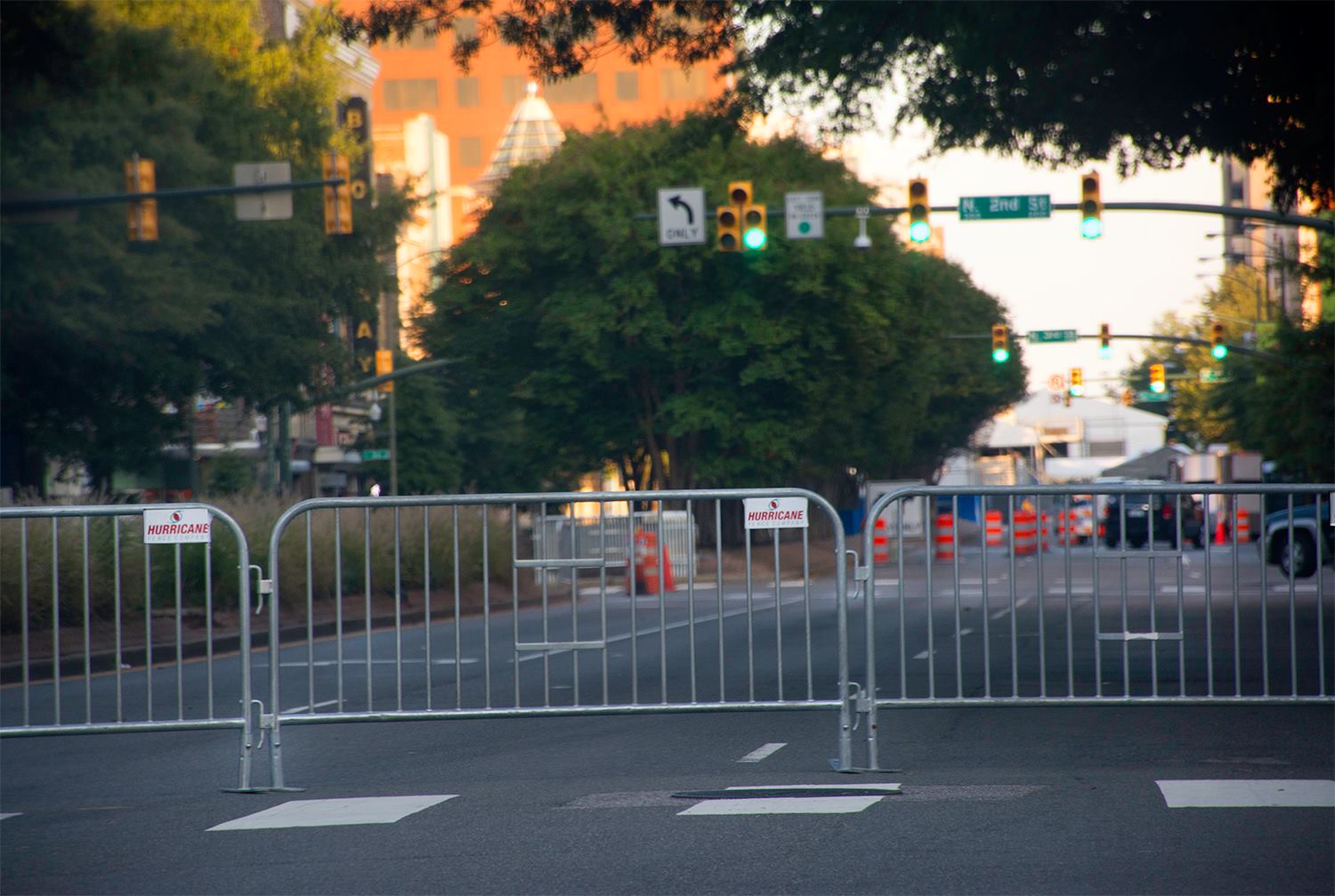Construction site temporary fencing is commonly used on job or construction sites that need to maintain a semblance of unmonitored public safety.
Because construction sites are occasionally located in high foot traffic areas, they sometimes will require short-term safety and security measures. Temporary fences can surround an entire job site or they can be easily arranged when only partial security is required.
The chief types of temporary fencing are panel fencing and standard temporary fencing. The variations within these two categories are explained later in this article.
Codes for temporary fencing vary depending on the location of the fencing and may be specified for a particular job in the project plans.
Typical temporary fencing materials are 11 1/2 gauge wire fabric that’s tied to 1 5/8" ss15 or schedule 15 fence posts. This style is most commonly used on job sites. These 6-foot high temporary fence posts are normally 8-feet long and they are simply driven into the ground, as opposed to being set in concrete. The chainlink fabric is generally ‘tied up’ using aluminum ties, which are much easier to work with than durable steel ties.
Temporary Fence panels are usually 6 feet high by 10 feet wide panels made from 1 5/8" or 1 3/8" ss15 steel pipe meshed with 11 1/2 gauge fence fabric. These panels rest on stands or concrete blocks and brackets hold them together. Panel fencing is generally the more expensive of the two options, but it holds several advantages over standard temporary fence.
The first, and probably the most important advantage is its ability to be easily moved from one location to another during the course of the construction or large event schedule. Additionally, it is commonly used in locations where driving fence posts is not an easy option. Deliberate road applications such as cobblestone streets asphault or concrete foundation.
 |
Standard temporary fencing is generally the cheaper of the two options, but the price can increase depending on the particular projects needs or temporary fence options.
For example, wind screen is commonly added to the temporary fence to keep down the spread of dust and debris. These screens also add a level of privacy to the job site. Privacy slats can be used instead of wind screening depending on the requests of the owner or project planner. Occasionally more demanding requirements will go along with the project, like the addition of barbed wire in high security areas or a request for heavier gauge fabric.
Although the codes for temporary fencing do vary depending on location and the particular projects needs, the basic temporary fence systems generally remain unchanged. It is important to keep in mind that most projects, especially those in high traffic areas, will likely have some sort of temporary fence structures in place for crowd and traffic control.


